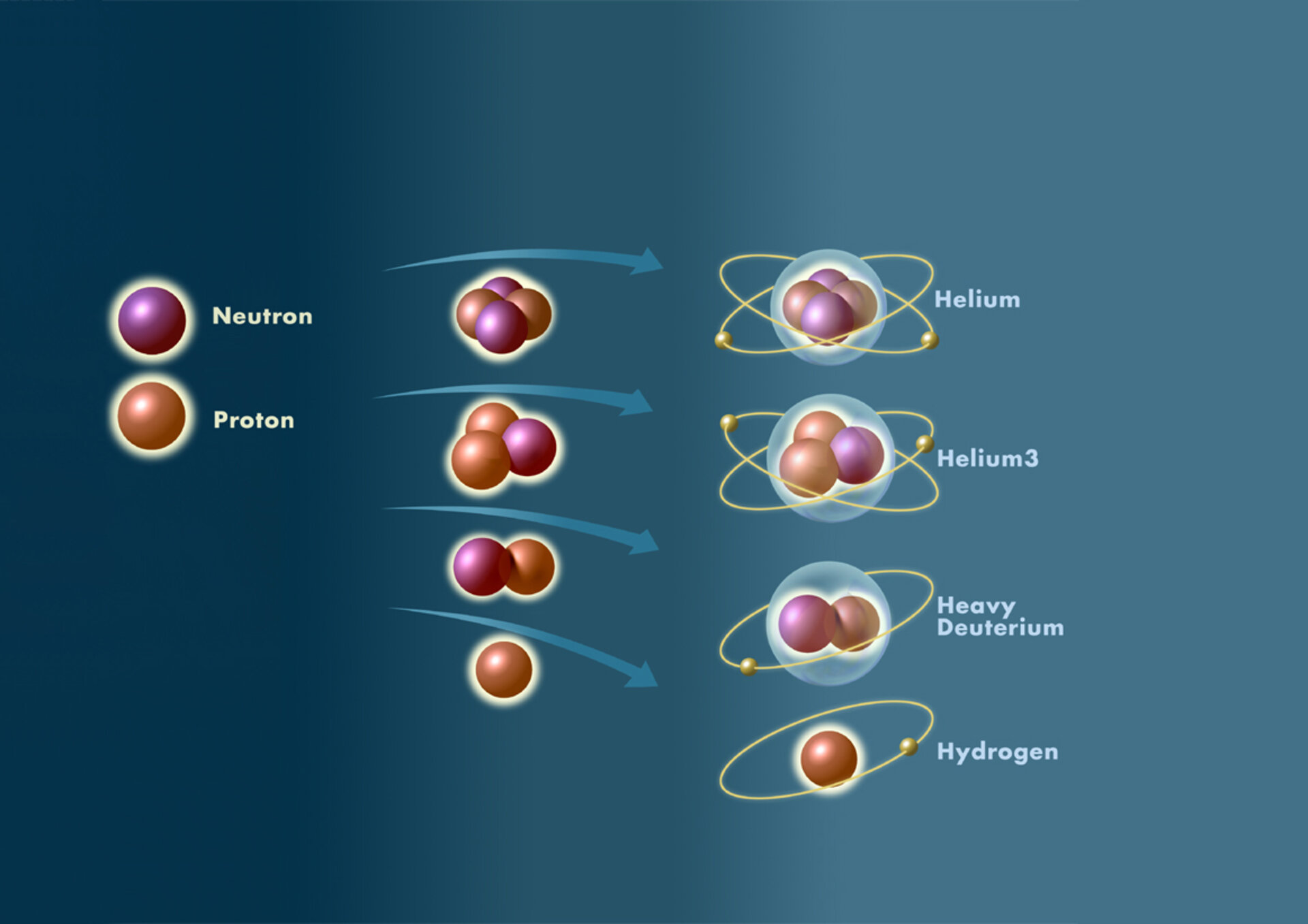The transition from atoms to cells marks a pivotal juncture in the saga of existence, a metamorphosis as profound as the transition from a canvas to a breathtaking masterpiece. This odyssey of transformation encompasses complex interactions, environmental influences, and the intricate choreography of biochemical processes. It embodies a journey from simplicity to sophistication, culminating in the genesis of life as we understand it today.
At an atomic level, the universe originated approximately 13.8 billion years ago with the Big Bang, which summoned forth the fundamental particles: quarks, electrons, and photons. This initial explosion of energy and matter led to the formation of light elements, predominantly hydrogen and helium. As the universe cooled, these primordial atoms began to cluster under the influence of gravity, akin to drops of water coalescing into a droplet of rain. This primordial amalgamation set the stage for the cosmic transformations that would unfold over eons.
The next significant act in this cosmic drama unfolded within the hearts of stars. As these celestial giants ignited nuclear fusion processes, they transformed light elements into heavier ones—carbon, oxygen, and nitrogen—elements crucial for life. This stellar alchemy is an extraordinary phenomenon, where atoms undergo metamorphosis within the stellar furnace. When these stars eventually reached the ends of their life cycles and exploded as supernovae, they seeded the universe with a rich tapestry of heavy elements. These elements were now prepared to weave the complex structures necessary for life.
As stellar remnants dispersed throughout the cosmos, galaxies formed and evolved, eventually giving rise to planetary systems. On Earth, approximately four billion years ago, conditions aligned favorably, creating a primordial soup—a complex mixture of organic compounds dissolved in water. It is here that our journey from atoms to cells truly commenced. This substance contained a plethora of essential molecules, including amino acids, nucleotides, and simple sugars. They were the building blocks from which life would ultimately construct itself. The metaphor of a chef, gathering ingredients in a kitchen, encapsulates this scenario, where nature meticulously prepared a biochemical feast of extraordinary potential.
Yet, the emergence of life cannot be attributed solely to the available ingredients. It necessitated a conducive environment fostering the emergence of systems and self-organization. The milestones on the road to cellular life involved a series of spontaneous, albeit exceptionally intricate, processes. One hypothesis posits that simple organic molecules aggregated into larger, more complex structures through a series of molecular interactions driven by energy from environmental stimuli, such as lightning or ultraviolet radiation. This phenomenon can be likened to the intricate dance within a molecular ballroom, where molecules pair and spin, gradually leading to elaborately structured configurations.
The formation of protocells represents a critical juncture in this evolutionary ballet. Protocells are primitive entities that exhibit some characteristics of living cells. They typically consist of lipid bilayers—simple membranes created from fatty acids—encasing a mixture of biochemical compounds. This structure mirrors the cell membrane found in contemporary cells, showcasing an early attempt at compartmentalization. The emergence of these protocells ushered in a transformative leap towards cellular life, as they could maintain internal environments distinct from their external surroundings. This newfound ability marked a significant departure from mere chemical reactions occurring in an open system.
Within these precursor systems, further complexity arose when self-replicating molecules, such as RNA, emerged. This development is pivotal as RNA not only acts as a genetic material but also possesses catalytic properties, a dual functionality that sets the foundation for the first cellular life forms. The hypothesis of an RNA world posits that early life may have depended primarily on RNA-based structures. Here, the metaphor transforms our understanding of life from a single thread into a tapestry; RNA served as both a loom and the threads, weaving the intricate patterns of heredity and functionality that continued to evolve.
As these simple cellular structures proliferated, they laid the groundwork for the diversification of life. This differentiation can be visualized as the branching of a tree, where all branches and leaves share a common trunk but diverge into myriad forms and functions. The progression from mere molecular organization into vibrant, functioning cells embodies the dual principles of evolution and natural selection. Over countless generations, these early cells adapted to their environments, enhancing their survival and paving the way for the emergence of multicellular organisms.
As eons passed, the narrative of life continued to unfold, leading to astonishing intricacies and diversifications. Mutations, driven by environmental pressures and the vast randomness inherent in molecular interactions, cultivated the rich diversity we observe today, from unicellular organisms to the complex biota inhabiting our planet. Each evolved entity is a testament to the countless evolutionary trials—an orchestration of molecular evolution guided by the invisible hand of natural selection.
In summary, the transformation of atoms into the first cells represents a monumental evolutionary journey characterized by a series of gradual, yet extraordinary transformations. From the primordial atoms formed in the aftermath of the Big Bang to the complex biochemical systems that emerged from the primordial soup, this narrative encapsulates a breathtaking progression of complexity. The intertwining of physics, chemistry, and biology illuminates our understanding of life’s origins, revealing a world where simple entities evolve into intricate forms, each step laden with history and potential—a true testament to the wonders of the universe.












